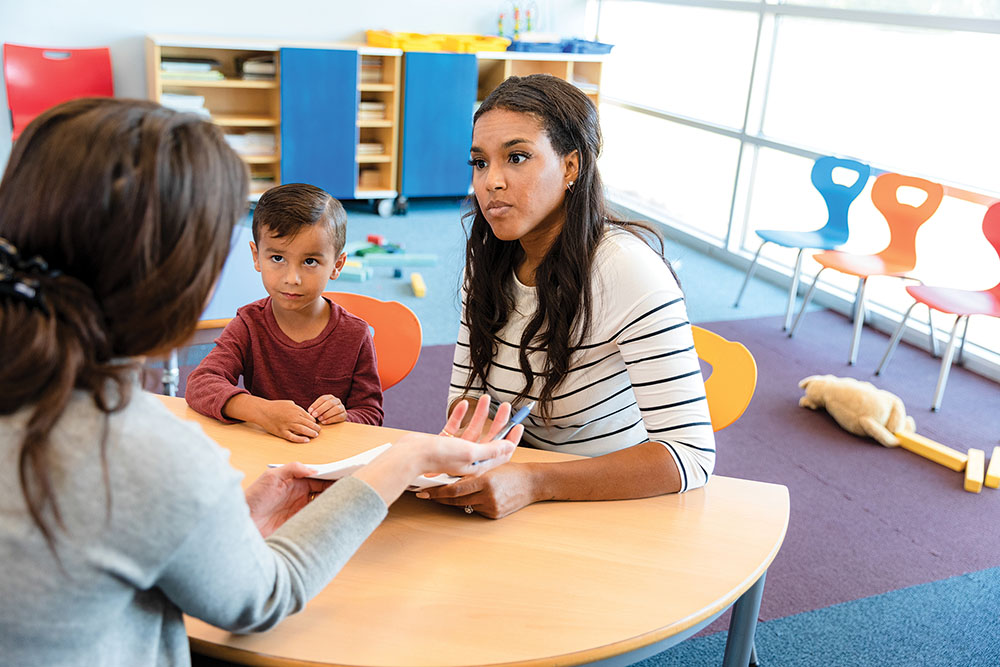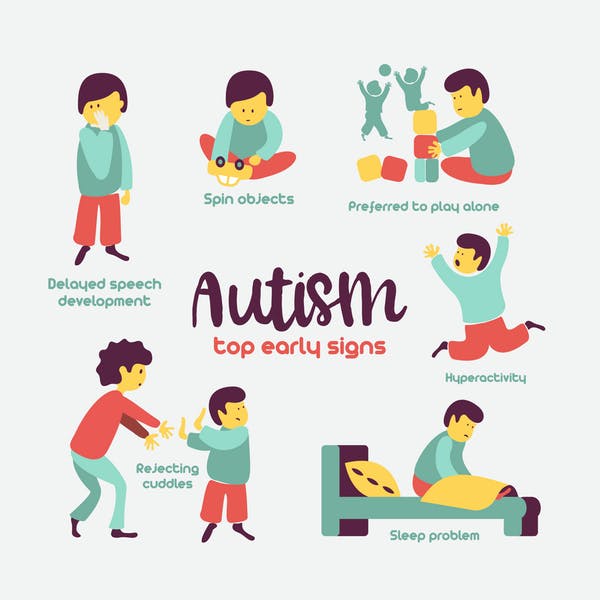
Are you overwhelmed by the special education process? Do you feel like you are a part of your child’s Individualized Education Plan (IEP) meeting? Teachers, service providers and other school personnel go through years of school and training.
As a parent, how can you be an equal part of the IEP team? Educating yourself is the first step. Understanding basic timelines, parts of an IEP and being fully prepared for your child’s annual IEP review meeting empowers you to be the best advocate for your child.
Timelines
Timelines are part of the Individuals with Disabilities Act (IDEA) and are important so that you, the parents, can meaningfully participate in your child’s IEP meeting. Parents should receive written notice of the date and purpose of the IEP meeting 10 calendar days before the event. This notice gives you enough time to fully prepare for the meeting. Knowing the purpose is also important so that you understand the documents that need to be reviewed and discussed.
You should receive your documents before the IEP meeting begins. IDEA says it should be a “reasonable time.” What does reasonable time mean? It’s allowing a duration to review the documents and prepare for the meeting.
Five days after the meeting, parents should expect to receive finalized documents and a Prior Written Notice (PWN). The PWN explains what happened at the meeting. If the school refuses any parental request, this denial needs to appear in the PWN along with reasons for the denial. Be sure to read the PWN carefully to make sure your disagreements appear. If they do not, contact the school and ask for corrections.
IEP Parts
The draft IEP should be one of the documents parents receive before the IEP meeting. This draft can be between 15 to 30 or more pages and quite overwhelming. Thinking of the IEP as eight parts that build on each other can help parents understand its contents:
1. Present Levels of Academic Achievement and Functional
Performance (PLAAFP), formerly known as the PLOP section
This section explains how your child is doing with specifics in each identified area. The material should summarize your child’s strengths and weaknesses to help the team identify areas for goals.
2. Annual goals
These goals should be individualized, not a reworded Common Core standard. Goals should use your child’s strengths and build upon weaknesses. They should be specific, measurable, attainable, realistic and time-specific (SMART). Goals focus on your child’s needs and aren’t limited to those related to your child’s disability category.
3. How and when the school will measure your child’s goals
If you want updates more than four times a year, pay attention to this section. IDEA requires updates four times a year, but you can ask for progress reports more often. How refers to the way the service provider will collect the data on how your child progresses toward the goal. Will the teacher use informal procedures, formal procedures, checklists, observations or other methods? Make sure you are comfortable with and understand the how and when.
4. Related services, supplementary aids and services
What does your child need to receive an education with neurotypical peers to the maximum extent appropriate? This part includes instructional accommodations, modifications, assessment accommodations and other types of direct services.
5. How will your child not be able to participate with neurotypical peers?
This section refers to the least restrictive environment. Where and when will your child participate with neurotypical peers? This participation could be during electives, some core classes, lunch, and recess or not at all if your child is fully in a self-contained classroom. If your child is in a self-contained classroom, will the class have some activities with neurotypical peers, such as field trips or assemblies?
6. Accommodations for state and district assessments
Some limitations exist, but some common accommodations include extended time, preferential seating or small group or individual testing. What does your child need to even the playing field when taking standardized assessments?
7. Date for the beginning of the services, the frequency, location and duration of the services
The start date usually refers to the date of the meeting with the duration of a year. Frequency and location include how many hours a month or minutes a week the services occur and whether they occur in general education or outside of general education.
8. Postsecondary goals
This part starts on the first IEP that is in effect when your child turns 16 or sometimes younger depending on your state. Here’s where the IEP discusses goals and supports necessary for your child to transition out of high school, whether to college or vocational programs. Pay attention to this section. Often, schools outline general goals; however, goals here should be individualized and SMART.
Tips to Prepare for Your Meeting
• Educate yourself. Research your child’s disability code and understand its educational implications. Trust your gut. If you know or think your child needs an accommodation, ask for it.
• Read all documents and make sure you understand them. Don’t be afraid to ask questions at the meeting. Understand acronyms and terms the school uses.
• Review former IEP, progress reports, comments on report cards and any evaluations. Make sure the goals make sense to you and meet your child’s needs as the data indicates. When necessary, collect and provide data. If the school’s data does not make sense, ask questions. If accommodations and goals do not match recommendations on the evaluations, ask why.
Remember, you know your child best. Being on the other side of the table might intimidate you, but it is called a team for a reason. You are an equal member of that team. When necessary, refocus discussions on your child’s needs. No one at the table is right or wrong, and the meeting does not have to be adversarial. If you are fully prepared, know what to expect and have data to support your requests, then you can be the strongest advocate for your child.
Frances Shefter, Esq., is an attorney at Shefter Law, PA, based in Maryland. Her firm’s focus is
special education law, and she strives to assist families to have a Stress-Free IEP experience. Contact her at 301-605-7303 or [email protected].
IEP RESOURCES
U.S. Department of Education: Individuals with Disabilities Education Act (IDEA):
https://sites.ed.gov/idea
Free PDFs on procedural safeguard summary, acronyms and what to look for in
IEP goals, plus more information, is available at shefterlaw.com





